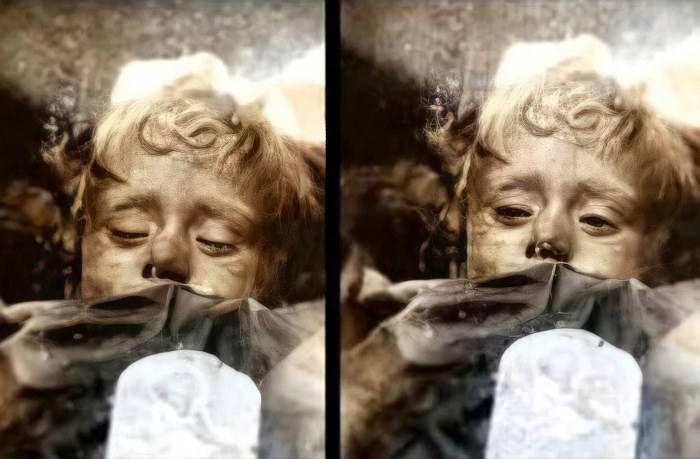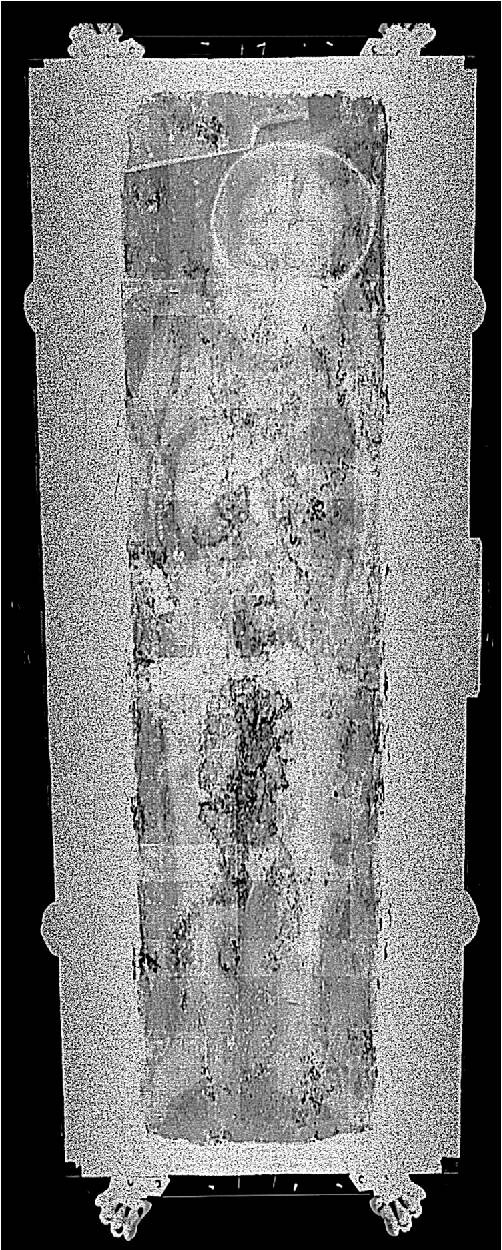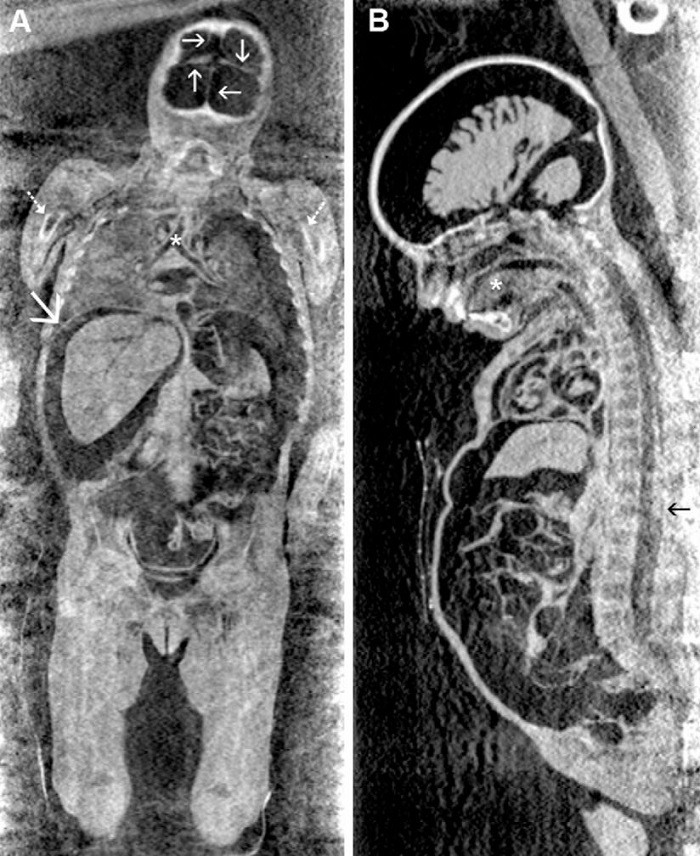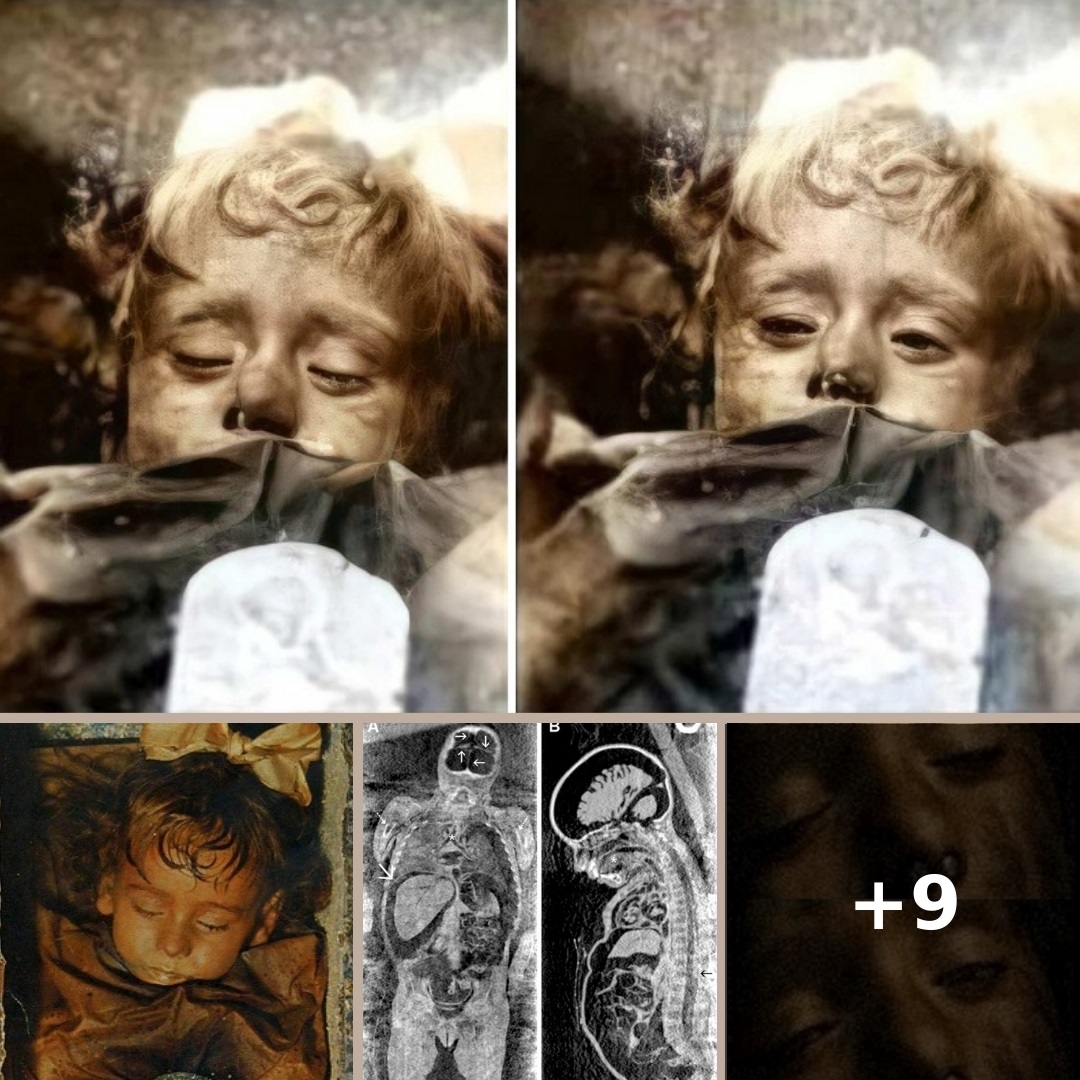Even though mummification is still practised in some distant cultures, it is uncommon in the Western world. Rosalia Lombardo, a two-year-old girl, died in 1920 from an intensified case of bronchopneumonia, a kind of pneumonia that involves inflammation in the alveoli.

Despite providing her with the greatest medicine available at the time, she was still extremely young and lacked the necessary immune system to combat bronchopneumonia.
Mario Lombardo: A desperate father
Mario Lombardo, her father, wanted to uncover the specific cause of her death so he could “blame” someone. The Lombardo family was Italian, and despite the fact that the Spanish flu pandemic was coming to an end, the girl’s pneumonia appeared to have been caused by this lethal illness. Mario Lombardo refused to bury her daughter, claiming that losing his son had left him distraught.
Rosalia died barely one week before her second birthday. Mario was so devastated by her death that he asked Alfredo Salafia (a well-known Italian pharmacist) to mummify her and keep her “as alive as possible” (by looking). Alfredo Salafia was regarded as the finest because of his extensive knowledge in the preservation of corpses.
Rosalia Lombardo’s story reached Professor Salafia, as he never charged his father for his services. Rosalia Lombardo’s angel face pushed him to improve the preservation technique in order to preserve its natural beauty. Rosalia Lombardo’s mummified body appeared to be the most alive mummy in the world.
Notes documenting Rosalia’s mummification were discovered in the 1970s. The notes are yet another formula for several chemicals used in mummification:
- Glycerin
- Saturated formaldehyde
- Zinc sulfate
- Salicylic alcohol
- Chlorine
Rosalia Lombardo – “The Blinking Mummy”

Rosalia Lombardo is also known as the Capuchin Catacombs’ “Sleeping Beauty.” Her mummified remains has been kept at Palermo’s Catacombe dei Cappuccini, a location packed with mummified bodies and other people’s corpses from throughout history. The corpse was preserved nearly perfectly due to the dry atmosphere inside the Catacomb.
A strange phenomenon that scared all tourists visiting the catacombs was that the mummy was blinking. Many people believed that Lombardo had opened her eyes a fraction of an inch in a composite of many time-lapse photographs. Most visitors to her mummified remains say she is a miracle because she blinks even though she has been dead for a long time.
While this sparked stories about the mummy who could open her eyes on the internet, in 2009, Italian biological anthropologist Dario Piombino-Mascali disproved the core myth surrounding Rosalia Lombardo. According to him, everything people are seeing is actually an optical illusion.
The paraffin dissolved in the ether, then applied on the girl’s face, creates the illusion that she is staring straight at whoever is staring at her. This, along with the light that filters in various ways through the tombs’ windows throughout the day, causes the girl’s eyes to seem open. Looking closer, you can notice that her eyelids are not completely closed, which was most likely done with Alfredo Salafia’s goal of making her more alive. The body was beautifully preserved thanks to Salafia’s embalming procedures.
Present condition of Rosalia Lombardo’s mummy: The preserved corpse was relocated

X-rays of the body reveal that all of the organs are extremely healthy. Rosalia Lombardo’s remains is housed in a tiny chapel at the end of the catacomb tour, enclosed in a glass-covered coffin on a wooden pedestal. The preserved body of Rosalia Lombardo, as photographed by National Geographic in 2009, has started to show indications of decomposition — most notably discoloration.

To address these concerns, Rosalia Lombardo’s body was relocated to a more dry area of the catacombs, and her original coffin was put in a hermetically sealed glass container filled with nitrogen gas to prevent further decomposition. The mummy is still one of the tombs’ finest preserved corpses.

